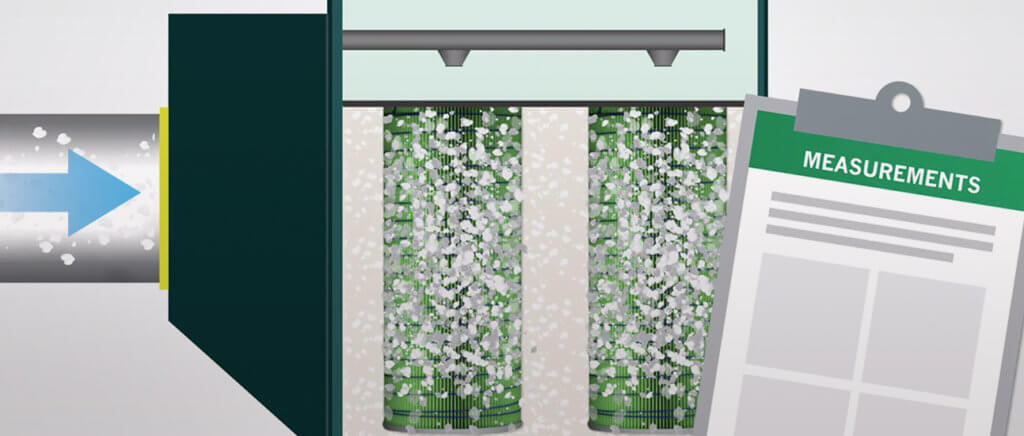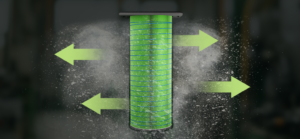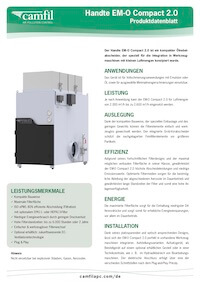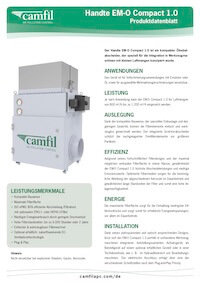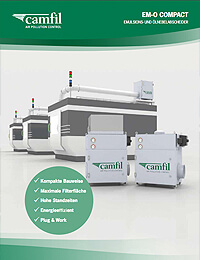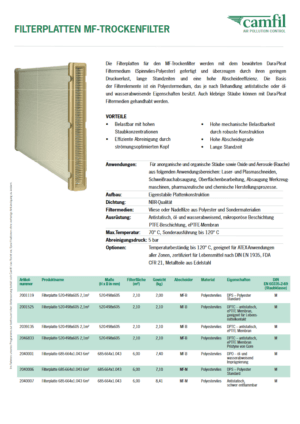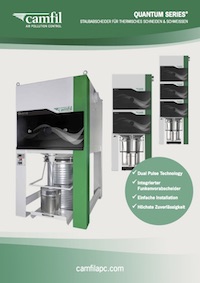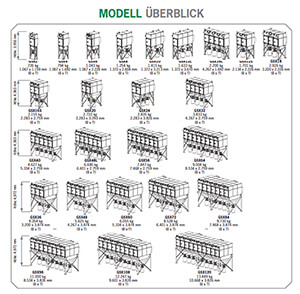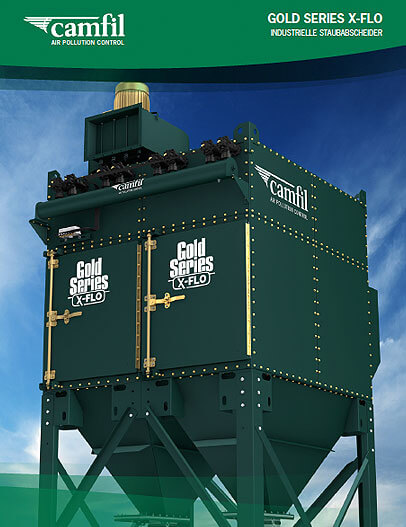Most manufacturers understand that dust collection systems are vital, though costly pieces of capital equipment. However, industry experts estimate that 80% of all dust collectors do not operate satisfactorily in the plant or facility where they are installed. Chronically clogged filters, high energy consumption and high emissions are all symptoms of a dust collector that was not designed to handle the type or amount of dust produced during manufacturing or processing operations.
Some dust collector manufacturers create “one-size-fits-all” solutions that work for some operations but fail at others. With such an investment at stake, you want to be sure that the dust collection systems you purchase for your facility are the right fit. At Camfil APC, we create custom solutions and leave out the guesswork because we follow the ASHRAE Standard 199 testing process to compare different systems and filter cartridge combinations.
What is ASHRAE Standard 199 Testing Process?
ASHRAE developed the Standard 199 testing process to test how well dust collectors perform in real-world conditions. Testing involves a total of six stages that measure the dust collector’s performance for emissions, pressure drop, and compressed air usage.
The Six Stages of the ASHRAE Standard 199 Testing Process
The six stages of the ASHRAE Standard 199 testing process are broken out into 3 main segments: conditioning, performance testing and recovery.
Conditioning Phase
This preliminary phase “conditions” the filters – creating a dust load that is required for an accurate, real-world test. In stage one, dust is fed into the collector at a specified rate without using pulse cleaning until it reaches a predetermined differential pressure.
Then the conditioning phase continues with stage two. Dust-laden air is still fed into the collector, but the collector’s on-demand pulse cleaning system is activated. The cleaning interval is determined by high and low-pressure points provided by the manufacturer of the dust collector. This stage lasts for four hours.
Next is stage three, the final stage of the conditioning phase. The dust-laden airflow continues, but the on-demand pulse cleaning is replaced by continuous pulse cleaning. This stage lasts for 24 hours or until the collector reaches the predetermined differential pressure point. Now the filters are conditioned and the collector is ready for the performance test phase.
The Performance Test Phase
During the performance test phase, the collector’s on-demand pulse cleaning system is activated as dust-laden air is fed in. Stage 4 consists of a second, longer on-demand stage while maintaining airflow and dust feed. This test phase lasts for 20 hours or until the filters can not maintain the low differential pressure point provided by the manufacturer.
Stage 4 represents the majority of the life of the dust collector filters. Key performance metrics are observed and reported based on the filters’ performance during the last four hours of this phase.
Recovery Phase
The Recovery phase simulates the collector’s performance in an upset condition. In stage 5, the dust feed is maintained but pulse cleaning is stopped. This continues until differential pressure reaches the predefined maximum -- usually 10 inches of water gauge -- at which point the dust feed is stopped.
Stage 6 measures the dust collector’s ability to recover from an upset condition. Airflow is reduced to 25 percent, replicating the downtime cleaning process. Continuous pulse cleaning is initiated and continues for ten complete cycles. The system is returned to specified airflow and differential pressure is measured. Then the dust feed is restarted and final measurements are performed.
ASHRAE Standard 199 vs. MERV Ratings
Many replacement dust collector filters offer MERV (Minimum Efficiency Reporting Value) ratings, but there is a lot of confusion as to how these ratings apply to dust collection systems. While MERV ratings are highly valuable to the HVAC industry, they don’t carry the same weight for the dynamic environment of a dust collection system.
MERV ratings only apply to new dust collector filters and their initial filtration level in a static environment. A dust collection system is dynamic because it must be able to handle different dust types and dust loads that affect the filter loading. In addition, dust collector filters can be pulse cleaned meaning that the filter efficiency tends to fluctuate. The ASHRAE Standard 199 test is designed to account for these fluctuations in a way that MERV does not. This makes ASHRAE Standard 199 a more accurate reflection of a dust collection system’s performance over its lifetime not just in brand new condition.
Camfil APC’s dust experts want to help you make an informed decision that will lead to an efficient and long-lasting dust collection system for your facility. They use their in-house Standard 199 test rig to evaluate dust collectors and various filter designs based on true operating conditions. This enables them to recommend the best solution for your specific application and dust type. To learn more about ASHRAE Standard 199 testing, contact us today.
Camfil created an educational video to illustrate the ASHRAE Standard 199 testing process. Click here to watch.
